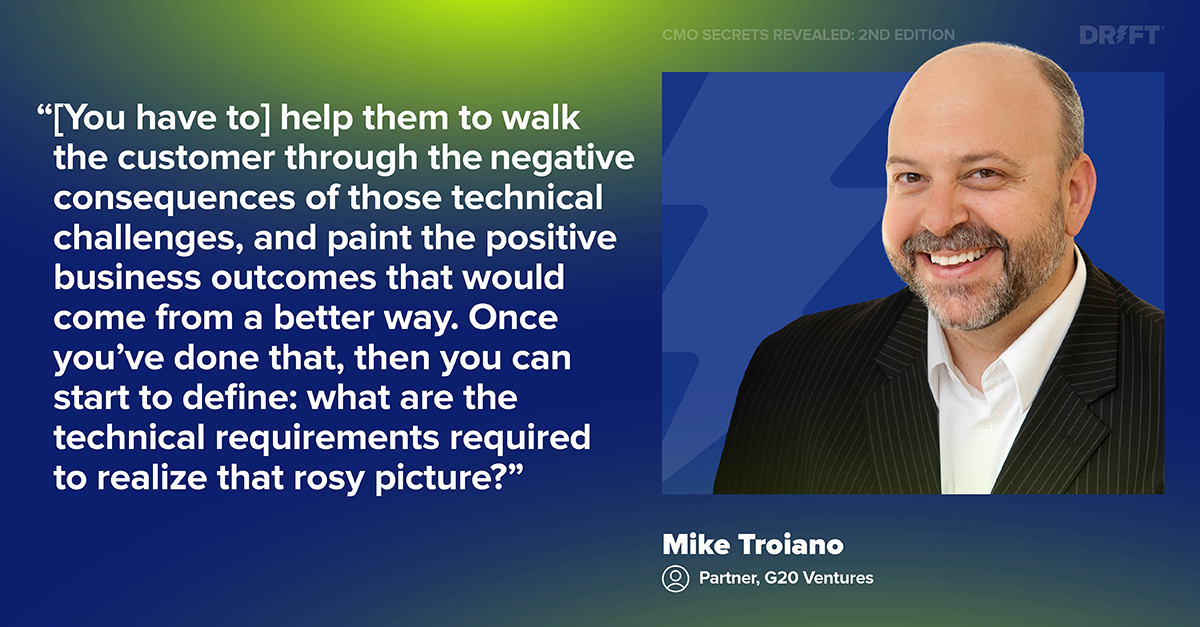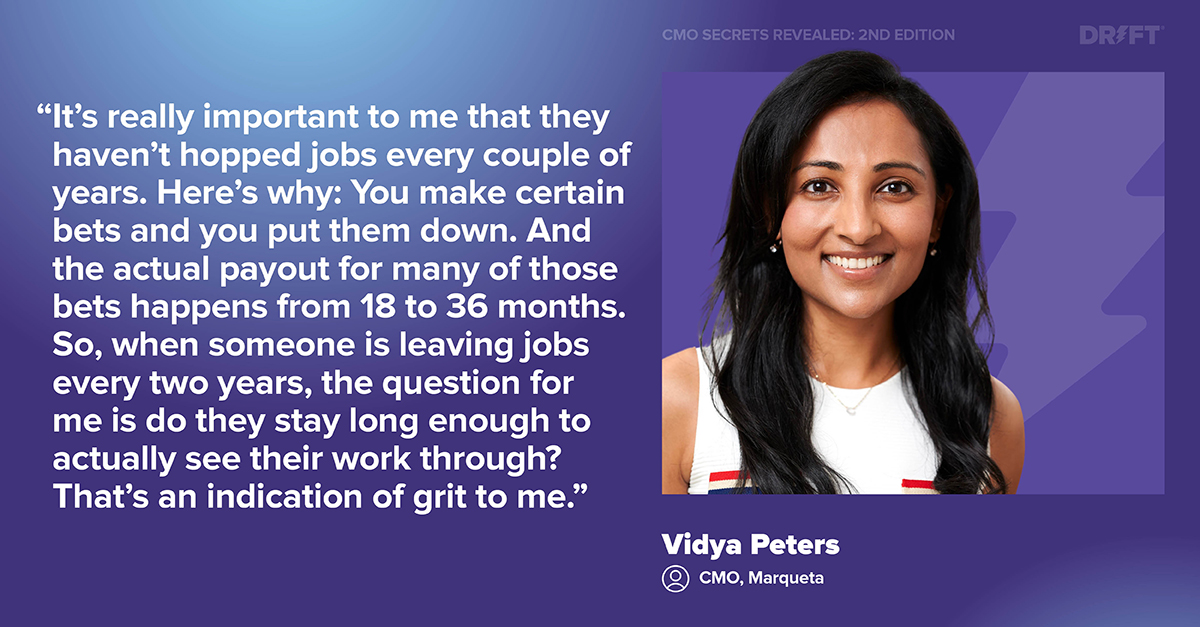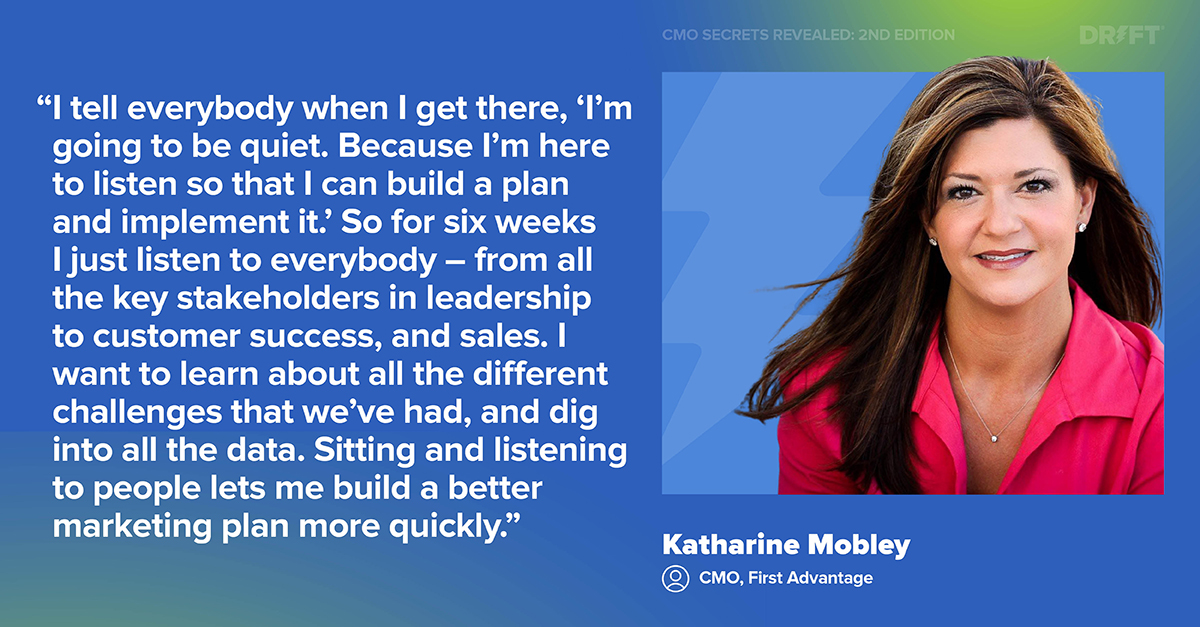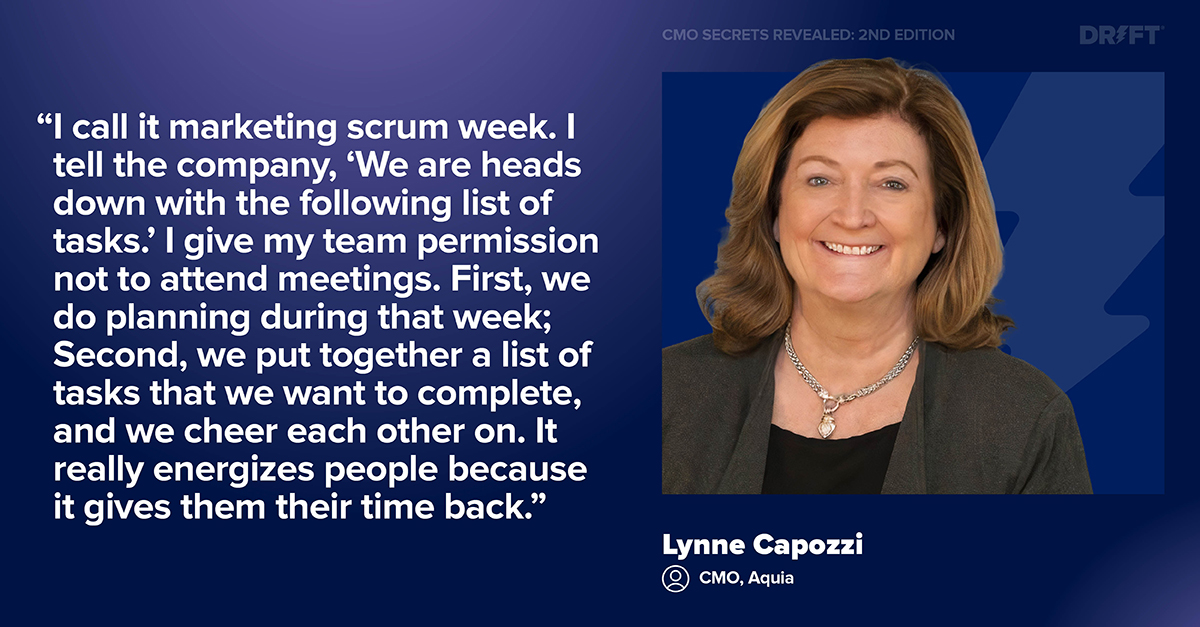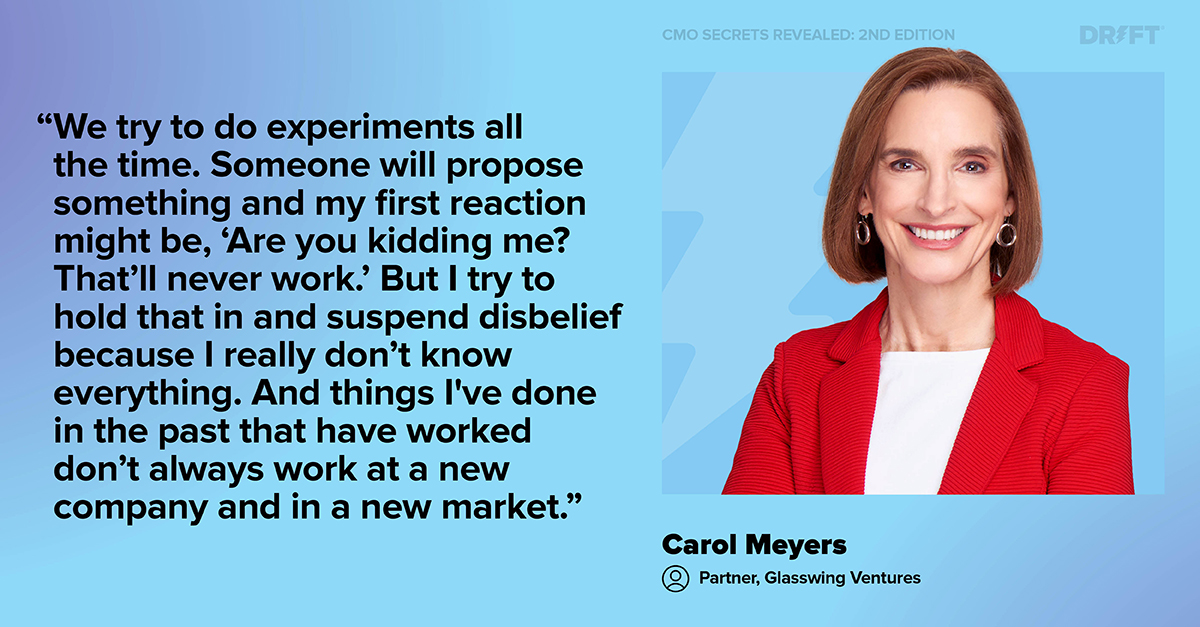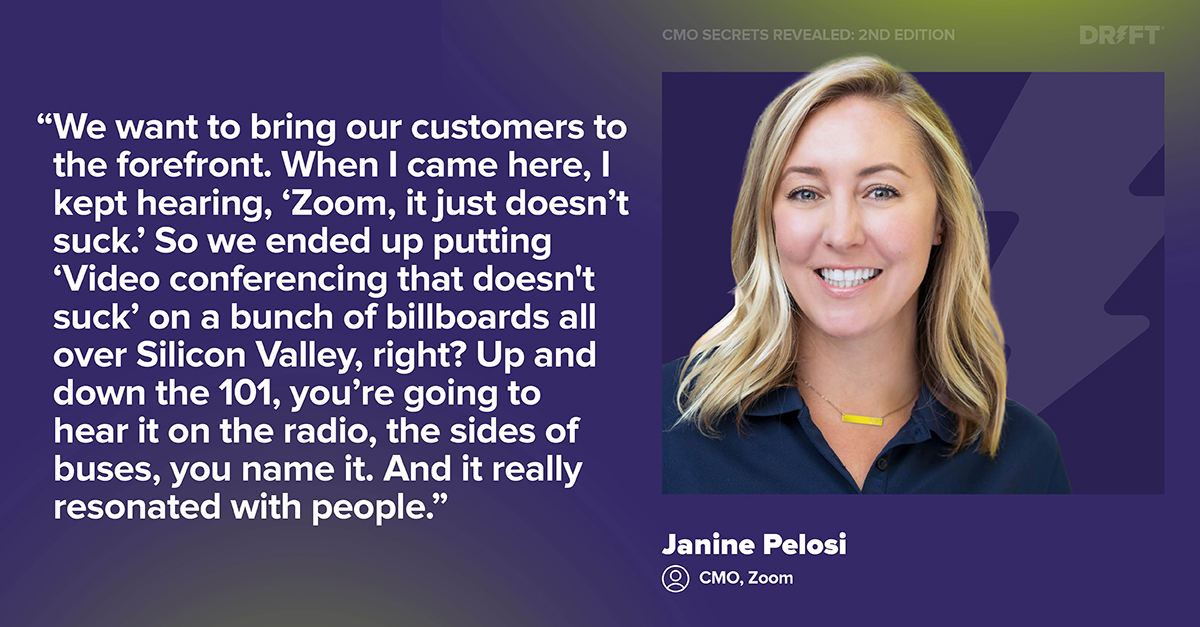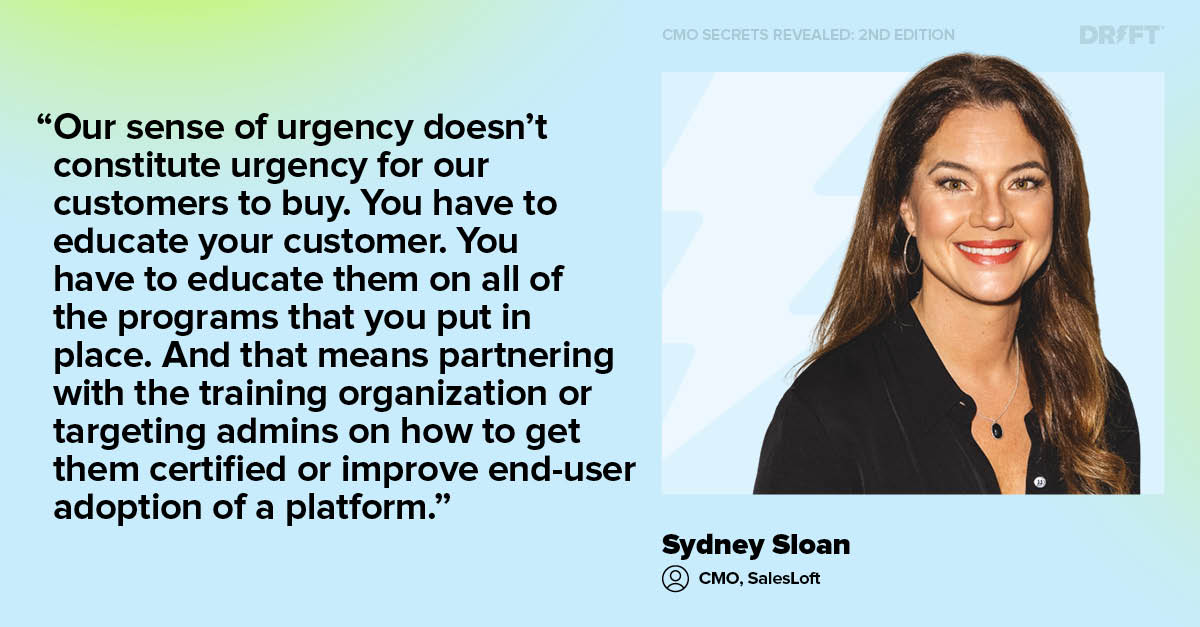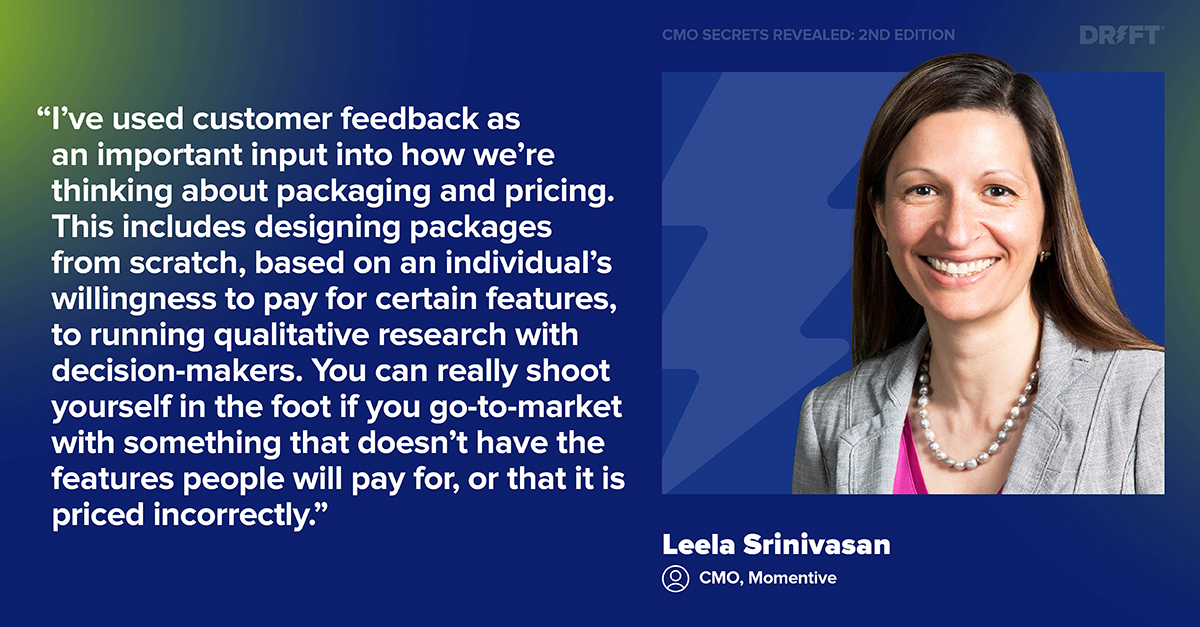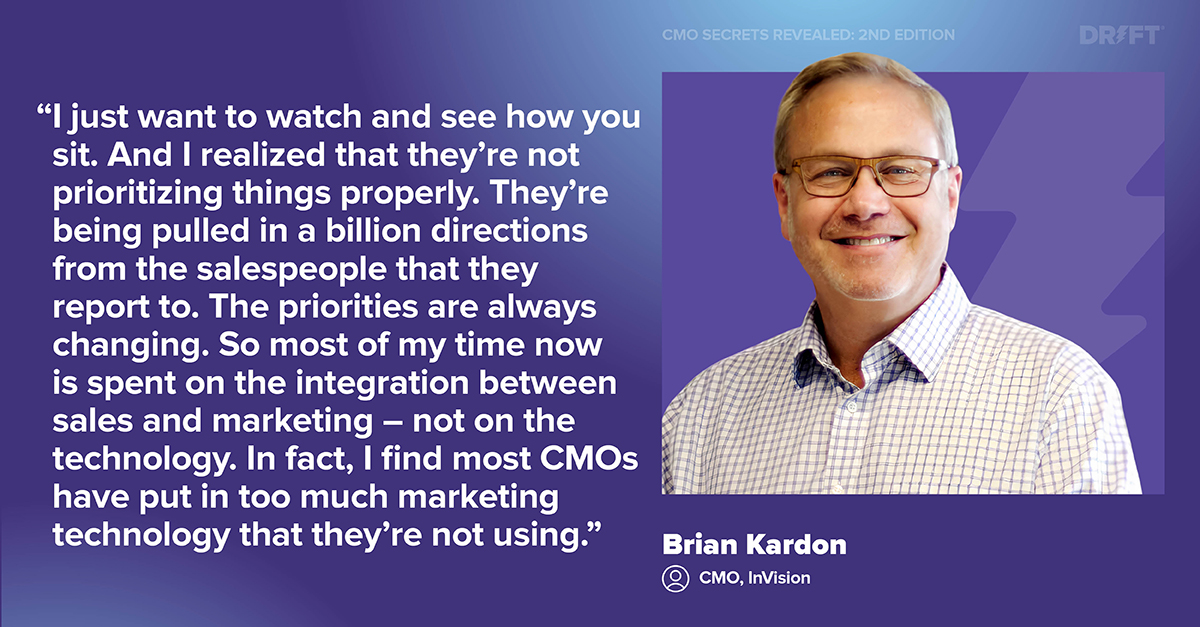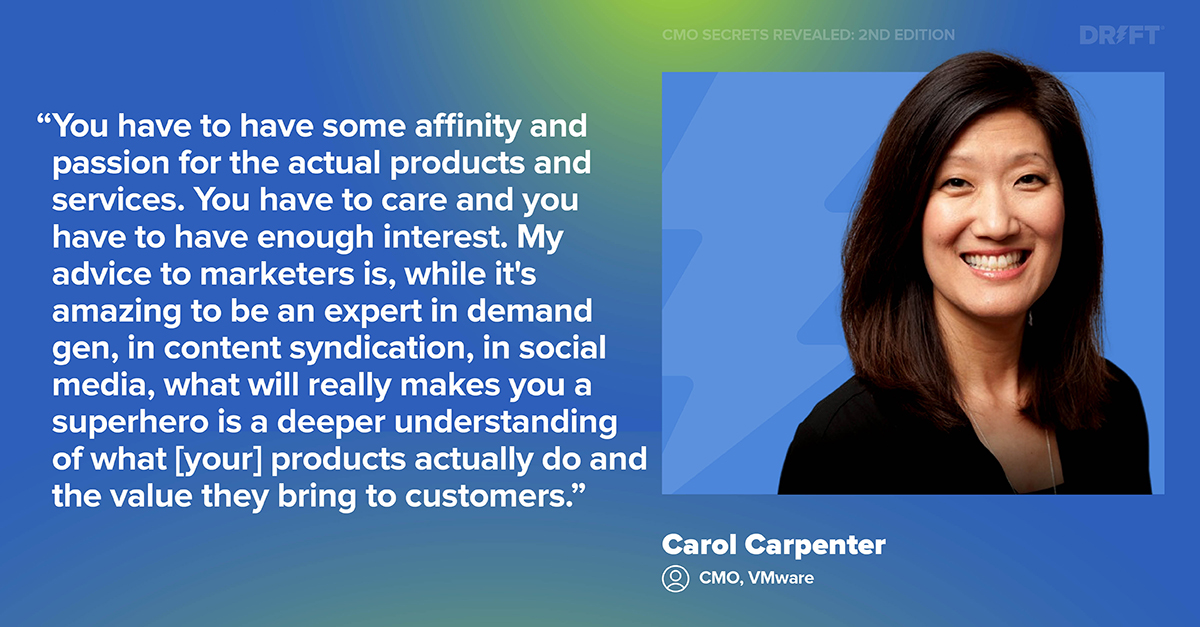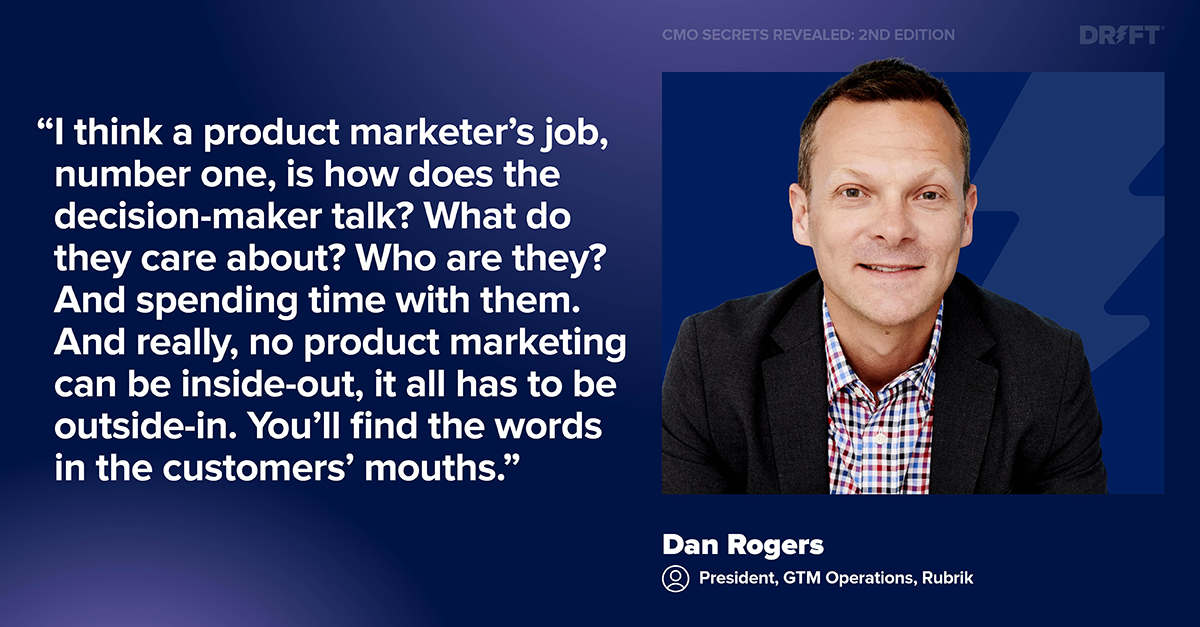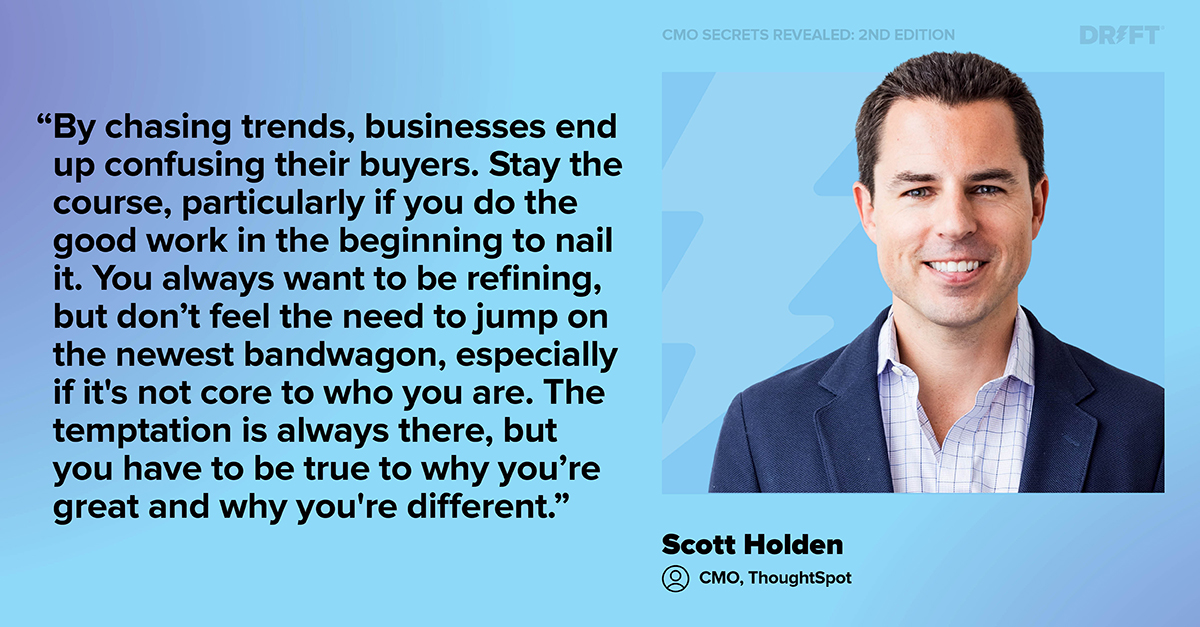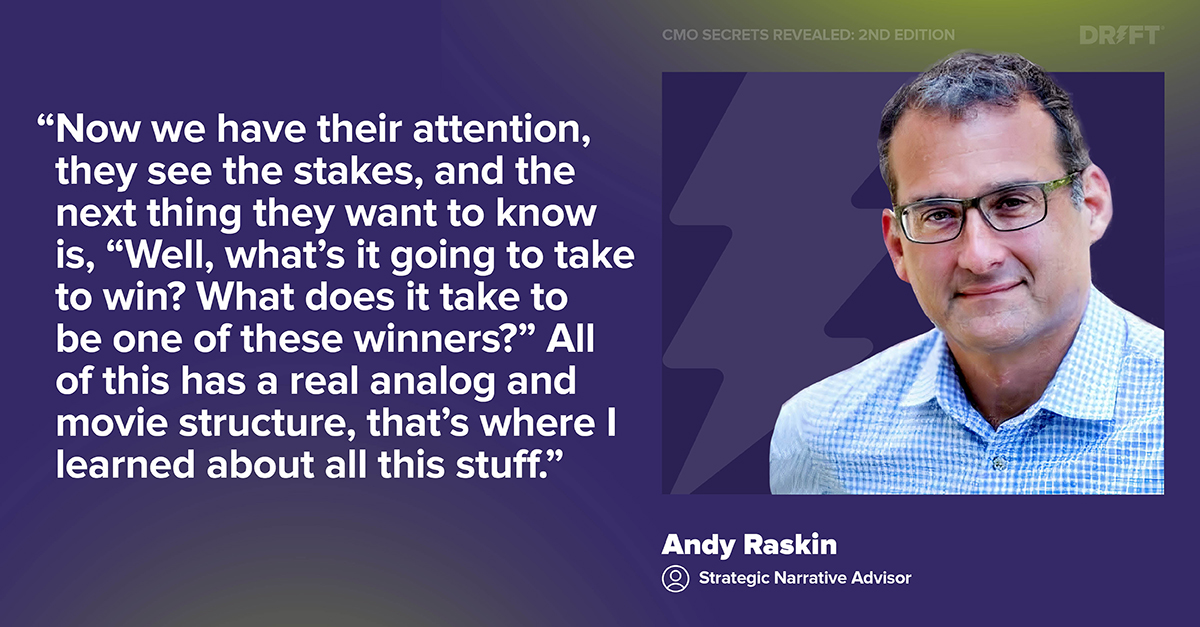
All great marketing begins and ends with great storytelling. Stories are how you captivate your audience and get your message across. They’re what stick in customers’ minds when they make buying decisions, and when they use your product and tell their friends.
Andy Raskin, the storytelling genius behind “The Greatest Sales Deck I’ve Ever Seen,” says to start each story with a big, undeniable change happening in the world. Make it impossible to turn away from – if you look away, you risk falling behind.
The next step is laying out the stakes. Show that there will be winners and losers. Show that there are already winners and losers, and that the winners are adapting — if you don’t adapt now, you’re on the road to losing.
Then, tease the promised land. Show customers the path, and show them what’s getting in the way of that. Show them the obstacles. It’s important that the promised land isn’t easy to get to. It has to be hard, because otherwise why would your customers need you?
Now we have their attention, they see the stakes, and the next thing they want to know is, “Well, what’s it going to take to win? What does it take to be one of these winners?” All of this has a real analog and movie structure, that’s where I learned about all this stuff. I was pitching a company and it was going really badly until I found this screenwriting book. You think about all the great movies — Star Wars, of course, is a good one because a lot of people have seen it — in that movie, it’s destroying the Death Star. In other movies, it’s something else.
Can you do what I call “tease the promised land,” meaning, give a glimpse of it. This functions as both a gold state for the customer, but also a commitment from the company like, “This is what we’re going to get you to.” In this way, I really see this as the mission statement, but it’s the mission statement from the customer’s point of view versus some kind of self-centered thing.”
Once you’ve teased the promised land, summarize the obstacles and show customers how you can help them overcome them. Then show examples and give proof.
The evidence is important — it’s how you prove to customers that you can help make the story come true. The best evidence is stories about customers you’ve already gotten to the promised land. But don’t call them case studies. Find a more exciting way to use those stories.
Good storytelling isn’t about selling solutions or trying to be the “best.” It’s about selling a sense of belonging to a group of believers who believe in the story you’re telling.





